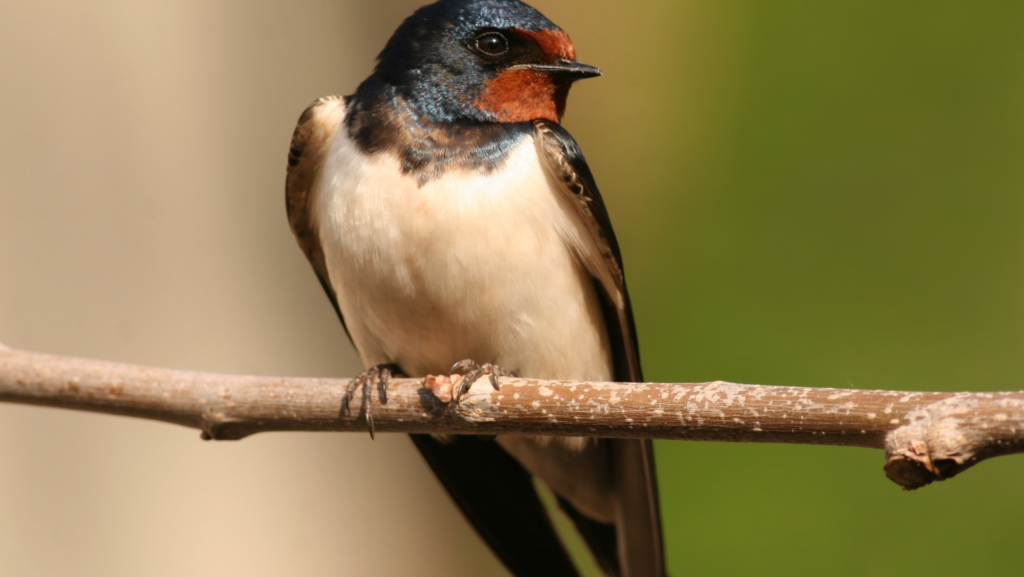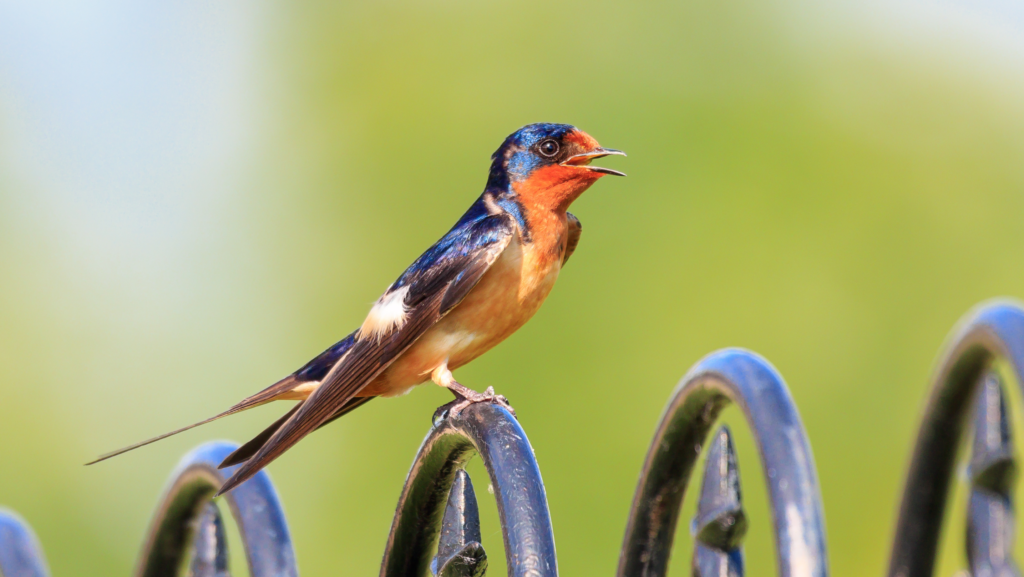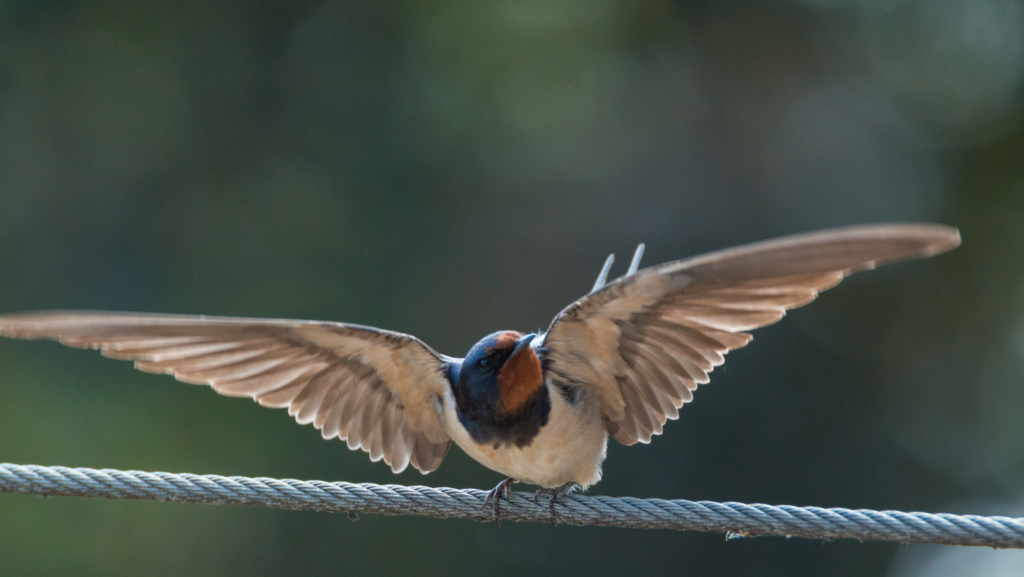Birth:

The barn swallow (Hirundo rustica) is a delightful and highly recognizable bird species with its distinctive deep-blue plumage, rust-colored throat, and long, pointed tail feathers. Born from the tiny eggs meticulously crafted by their parents, barn swallows begin their lives in cup-shaped nests made from mud and lined with soft materials. These nests are often found in sheltered locations such as barns, outbuildings, or under eaves, where the parents skillfully construct them using a combination of mud, grass, and feathers.
Growth:
The chicks hatch featherless and with closed eyes, entirely dependent on the care and attention of their parents. The barn swallow parents tirelessly forage for insects, which they collect in their beaks and bring back to the nest to feed the hungry chicks. As the chicks grow, their plumage develops, and they acquire the ability to fledge and leave the nest. Fledglings continue to receive care and guidance from their parents as they learn to fly and hunt for insects on their own.
Life:

Barn swallows lead a dynamic life, characterized by agility in flight and a constant pursuit of flying insects. They are migratory birds, spending the breeding season in temperate regions and migrating to warmer climates during the winter. Their distinctive forked tails and graceful aerial acrobatics make them a joy to watch as they swoop and dive through the skies.
Food:

The barn swallow’s diet primarily consists of flying insects, such as flies, beetles, and wasps, which they catch in mid-air using their swift and agile flight. They are known for their exceptional maneuverability, allowing them to navigate through complex environments with ease. Barn swallows often forage in flocks, making coordinated efforts to locate and capture insects.
Reproductive:
Barn swallows are monogamous birds, often forming pair bonds that last for a breeding season. They engage in elaborate courtship displays, with males showcasing their aerial prowess and bringing gifts of insects to the females. Once a pair has formed, they work together to build a nest, and the female lays a clutch of eggs. Both parents take turns incubating the eggs and caring for the chicks, demonstrating a strong sense of parental cooperation.
Death:
The lifespan of a barn swallow is typically around 4–5 years, although many succumb to various challenges in the wild, such as predation, accidents, or environmental factors. Despite the inherent risks in their lives, barn swallows contribute to the ecological balance by controlling insect populations and serving as indicators of environmental health.
In the cycle of life, barn swallows play a vital role in maintaining the delicate balance of ecosystems. From the humble beginnings in a mud nest to the graceful flight through the skies, these birds are a testament to the beauty and resilience of the avian world.

